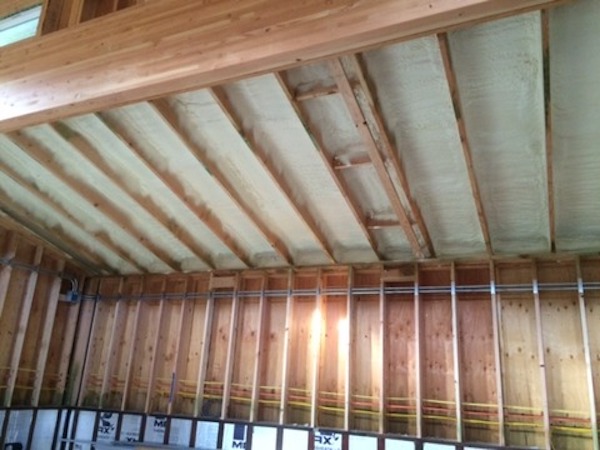
Sheet foam is found in many different varieties, and each has different properties that will make one more appropriate than another in a certain situation. In construction, sheet foam is widely used as a convenient and effective form of insulation. Those interested in using this material should make a point of researching what type will work best for their purposes.
Types of Sheet Foam
Molded expanded polystyrene (MEPS) sheet foam provides excellent insulation in a wide range of situations. Due to its board-like construction, it is very easy to work with and maneuver.
Extruded expanded polystyrene (XEPS) is a lot like MEPS but is made using a different process. It is more durable, less susceptible to moisture, and also more consistent in density. Unfortunately, it is also more expensive. Both materials are extremely good insulators that, because they come in sheets, are much more convenient for the DIY than spray type foam.
Polyurethane sheets are even more expensive but also provide better insulation. This material is also available as a foam spray that is less expensive, but more difficult to install in certain spaces. Sprayed polyurethane will also out perform sheet polyurethane in many situations.
Sheet Foam Benefits
Sheet foam is especially desirable in places that need a lot of insulation but don’t have a lot of space. Sheet foam provides better insulation and takes up less space than traditional fiberglass, and is much better at blocking air transfer when installed properly. The insulate properties of an inch thick foam sheet can be up to 3 times greater than other insulates of the same thickness.
Sheet foam will not only insulate, but will also add a certain degree of soundproofing, as well. It is easy to cut to whatever size or shape is needed and doesn’t require the use of any special tools or machinery to work with.
Ready to start your sheet foam?
Find ProsSheet Foam Drawbacks
The first thing that might turn people off to foam insulation is the price. It is more expensive than other materials commonly used for this purpose. On the plus side, you’ll need less of it. This can make a difference in living space in new construction. Depending on the climate of your area, foam may also save money in the long run in the form of lower heating and cooling costs.
Foam contains no nutritional value but is relatively easy to tunnel through. This means that insects could conceivably turn your foam insulation into their happy home. To protect against this, some foam boards and spray foam is treated with insect repellent during fabrication. The repellent becomes a part of the foam, making it a less than desirable residence for bugs.
Foam is not easy to ignite, but under certain conditions, it can catch fire. When foam burns, the smoke it produces contains some pretty nasty chemicals. Certain coverings are available, however, to lessen the possibility of the foam igniting in the first place.
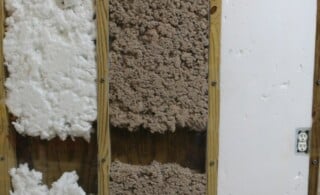 Fiberglass Insulation: A Simple Energy Saver
Fiberglass Insulation: A Simple Energy Saver 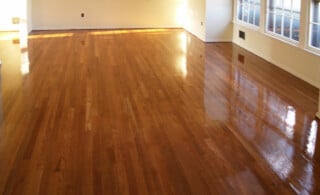 Insulating a Wood Floor
Insulating a Wood Floor 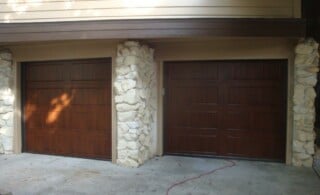 Protect Your Garage With Garage Door Insulation
Protect Your Garage With Garage Door Insulation 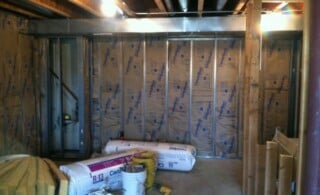 Cotton Insulation – Safe, Green & Effective
Cotton Insulation – Safe, Green & Effective 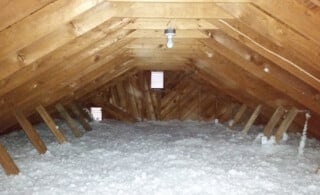 Roof Insulation Captures Escaping Energy
Roof Insulation Captures Escaping Energy 

Are You Familiar With This Topic? Share Your Experience.